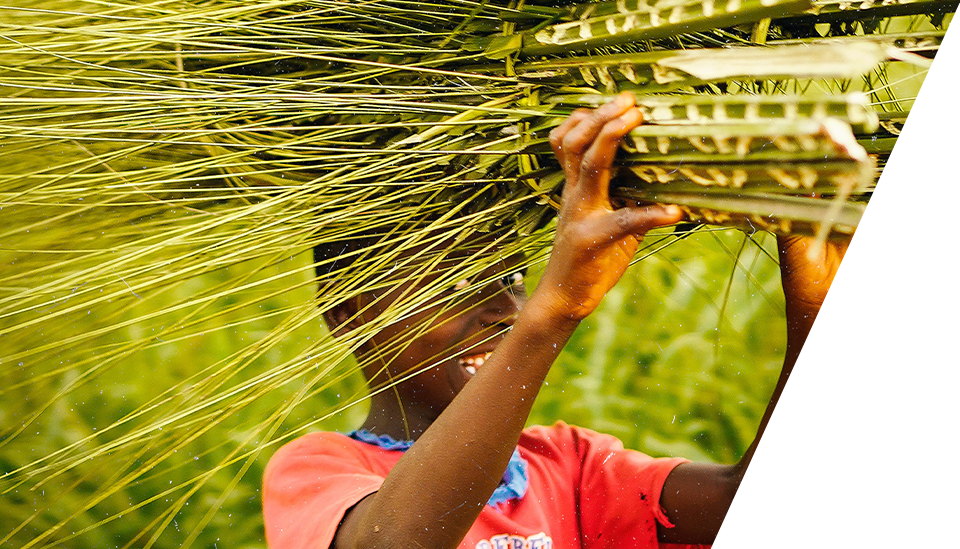Sustaining the Impact of Capacity Development Initiatives for African Youth in Agriculture
Africa is a youthful continent, with youth – defined by the African Union as every person between the age of 15 and 35 – currently constituting 35 percent of its population. By 2050, this number is expected to double, reaching over 830 million, meaning that 29 percent of the total world youth population will reside in Africa. FAO has launched an online discussion on this topic, which all are welcomed to join.
The increase in youth population will result in a rising number of people of working age, which could exacerbate youth unemployment on the continent. However, at the same time it will give Africa an opportunity to increase agricultural development. Engaging youth in agriculture and retaining them in the sector is a strategy that could both contribute to increasing agricultural productivity and addressing youth unemployment.
Although agriculture is the mainstay of most African economies, the number of youth engaged in the sector as either wage earners or entrepreneurs is very low. Young people, and in particular female youth, lack access to finance, land, markets, technologies and practical skills, and have limited interest in agriculture. This, coupled with lack of decent jobs in both rural and urban areas, is among the factors forcing youth to migrate to urban areas and abroad to seek employment mostly in sectors other than agriculture. According to ILO (2016), about 38 percent of youth between 15 and 29 years old in sub-Sahara Africa are willing to move permanently to another country.
African governments, NGOs and international organizations, including FAO, are increasingly implementing youth-specific capacity development (CD) initiatives in support of youth involvement in agriculture. Most initiatives combine agriculture and entrepreneurship as one of the strategies to attract youth (graduates and non-graduates; rural, urban and/or peri-urban, young women, etc.) to agriculture and address rural-urban-abroad migration and Africa’s growing youth unemployment.
What should be the nature of post-capacity development support to these youth in order to retain them in agriculture, and to ensure the sustainability and long-term impact of youth-specific CD initiatives?
This online discussion aims at opening an exchange of ideas, good practices and lessons learned on how to sustain the impact of interventions that develop capacities and engage youth in agriculture.
Specifically, we invite you to share your views on how best to support African youth in agriculture after they have gone through youth-specific capacity development initiatives. You may contribute by responding to any of the following questions:
- What are the biggest challenges youth in Africa face after going through youth-specific capacity development initiatives in agriculture?
- What are the examples of existing post-capacity development sustainability initiatives for youth in agriculture in Africa? What works and what does not? Are there any success stories and good practices that can be shared?
- What post-capacity development support do the youth need? What can the youth do to support each other in developing their skills and capacities?
- What enabling environment is needed to ensure sustainability of youth in agriculture capacity development initiatives?
- Is there a role for modern technologies, including Information and Communication Technologies, in sustaining capacity development initiatives?
- Please do not hesitate to share your experiences and knowledge on this topic.
- Outcomes will help identify new capacity development needs and improve interventions; success stories shared by participants will be used for communication products. The discussion will also support the development of a network of young agripreneurs connected to FAO platforms.
To respond to these and other questions on the topic of youth and agriculture, join FAO’s online discussions here.

